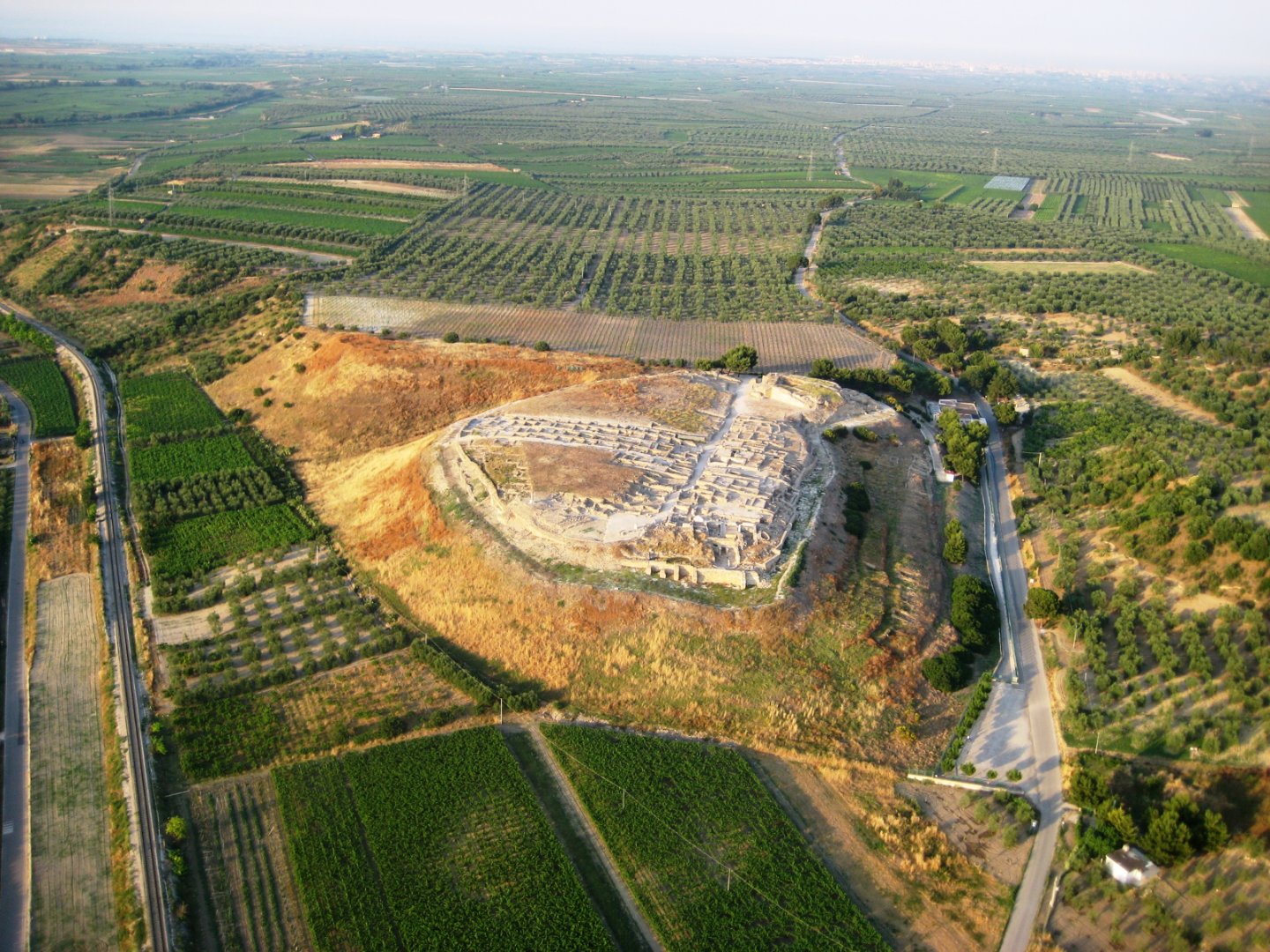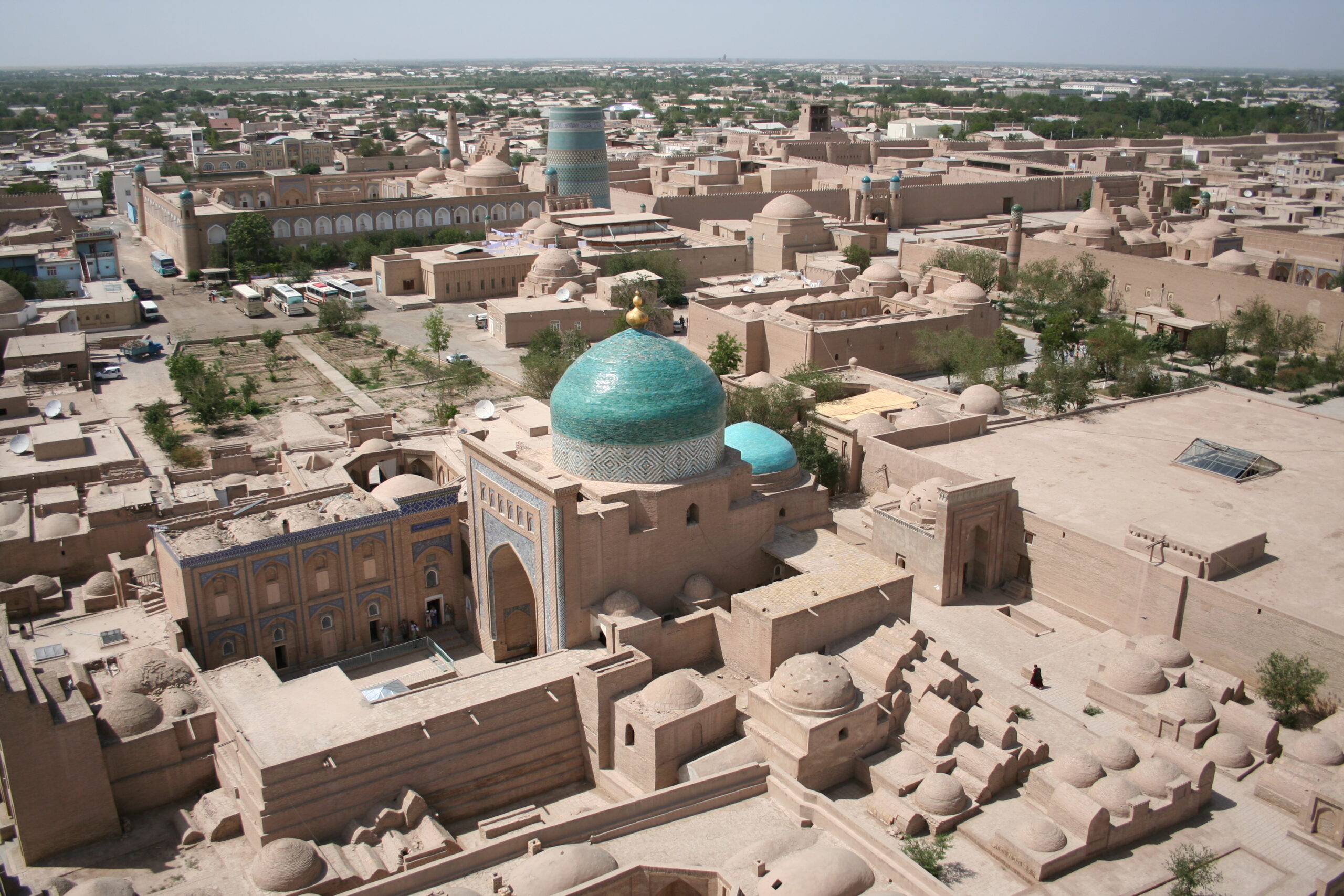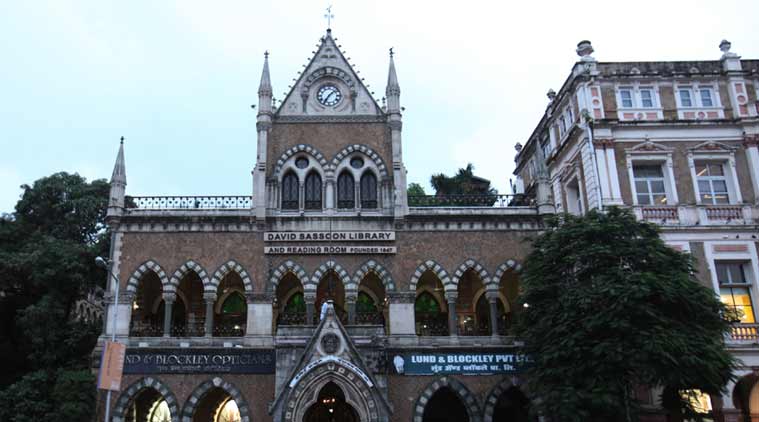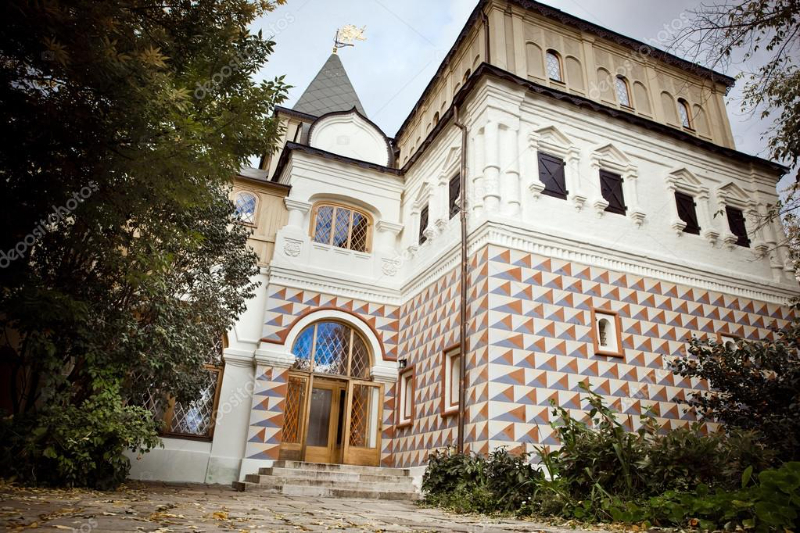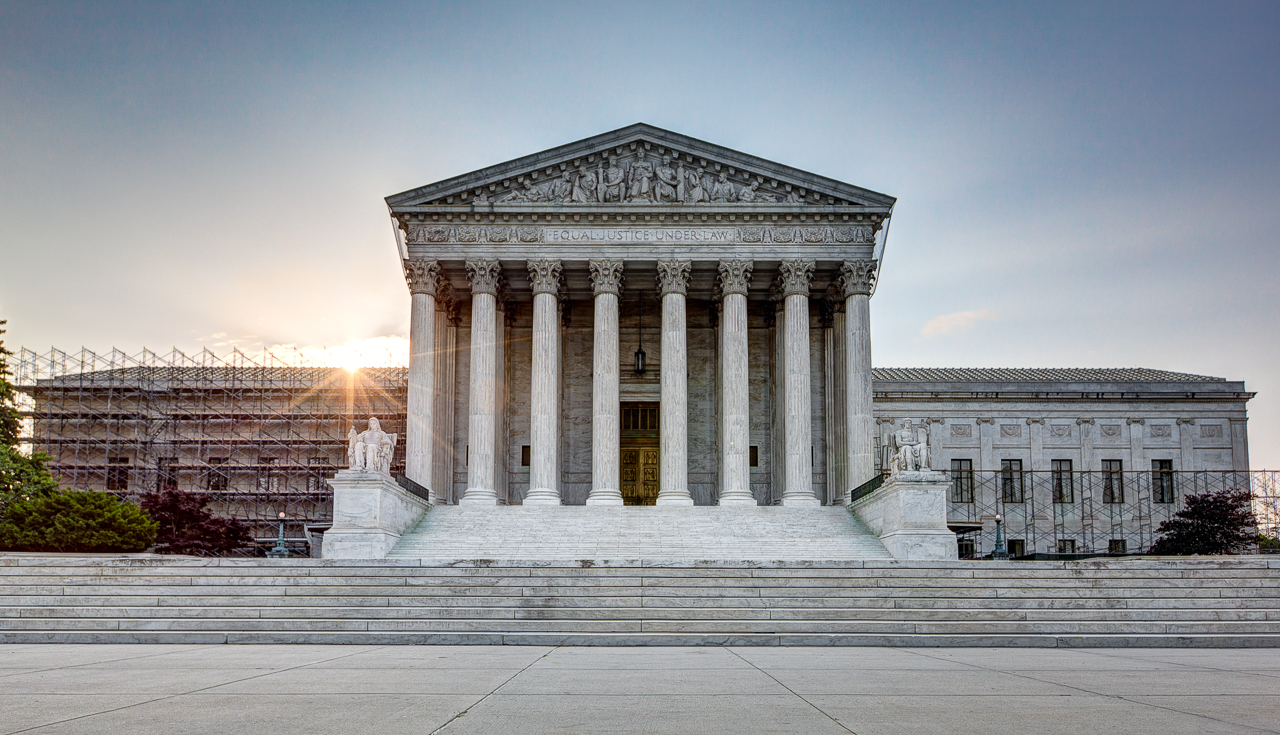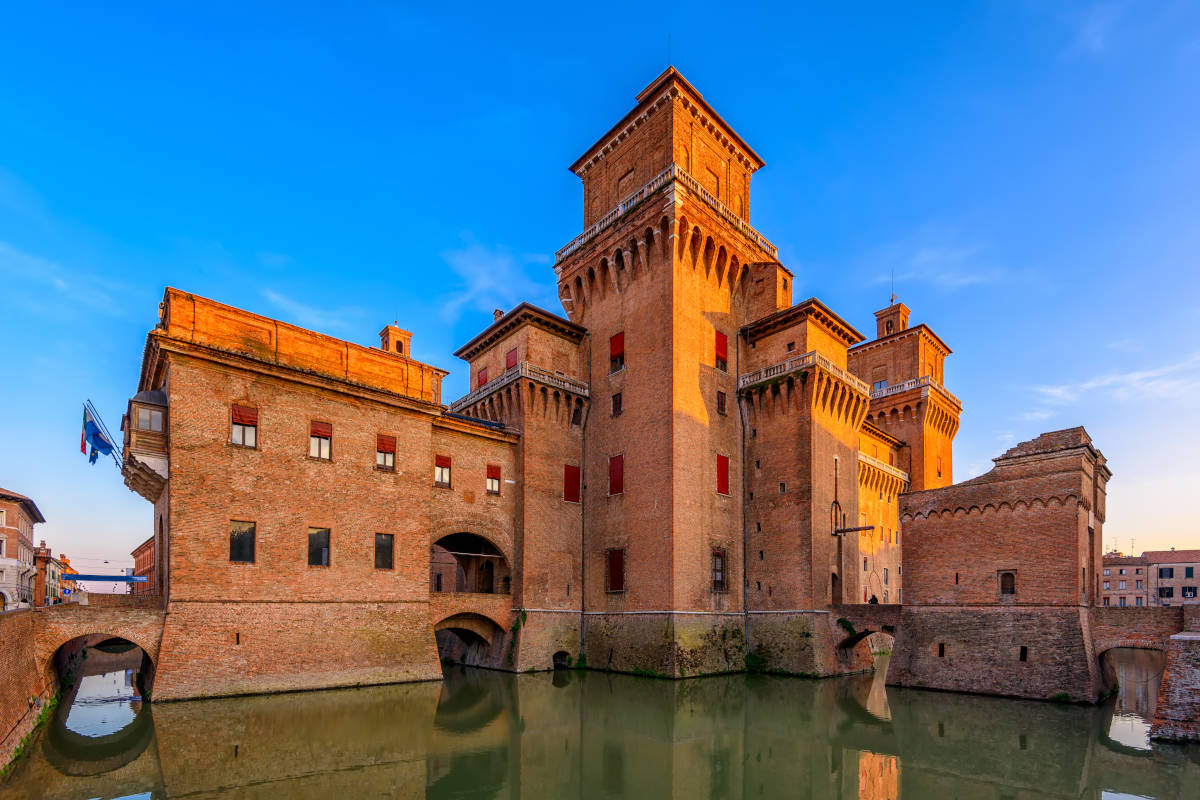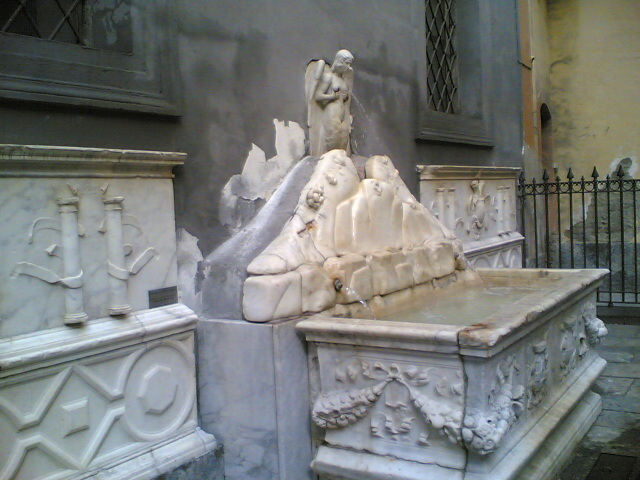The site of Canne della Battaglia, whose memory is linked to the famous clash between the Romans and Carthaginians in 216 B.C., stands on a hill along the valley of Basso Ofanto.
The Antiquarium, located at the foot of the fortified citadel, houses the museum exhibition, which takes place on a single floor, in addition to the office spaces. The wide glass windows favour the connection with the archaeological evidence and with the uncontaminated naturalistic scenery. The small building was built in 1958 to house the finds coming from the excavations carried out in the area, illustrating, with the use of models and panels, the tactical manoeuvres put in place by Hannibal and the deployment of armies during the battle of 216 BC. In 1999 the layout was renewed in compliance with the new educational requirements, presenting the history of the population in the area, from the Neolithic period to the organization of the indigenous settlements, up to the events of the Middle Ages.
The current exhibition, inaugurated in 2017 and enriched by a multimedia room and spaces dedicated to didactics, documents the long continuity of Canne’s life from Prehistory to the Middle Ages. The visit follows a chronological and thematic order, illustrating with finds and quotations from numerous sources the historical evolution of the site and the interaction with the geographical environment of the Ofanto area. The didactic apparatus, the graphic layout and the multimedia supports make the visit very engaging.
Particular importance is given to the story of the historic battle of the Second Punic War of 216 BC. The narration, accurately documented, is proposed in the multimedia room with a reconstructive video visible also in 3D and also with information on the historical sources, the tactical manoeuvre and the protagonists, contained in the interactive multimedia lecterns.
The visit to the Archaeological Park is divided into two itineraries: the first leads to the main hill, where the arx of the Latin sources was and the medieval town, with the castle and the basilica. The second itinerary leads to the early Christian basilica, the area of the Daunie dwellings with their grotto tombs, and then to the medieval furnace and burial ground.
